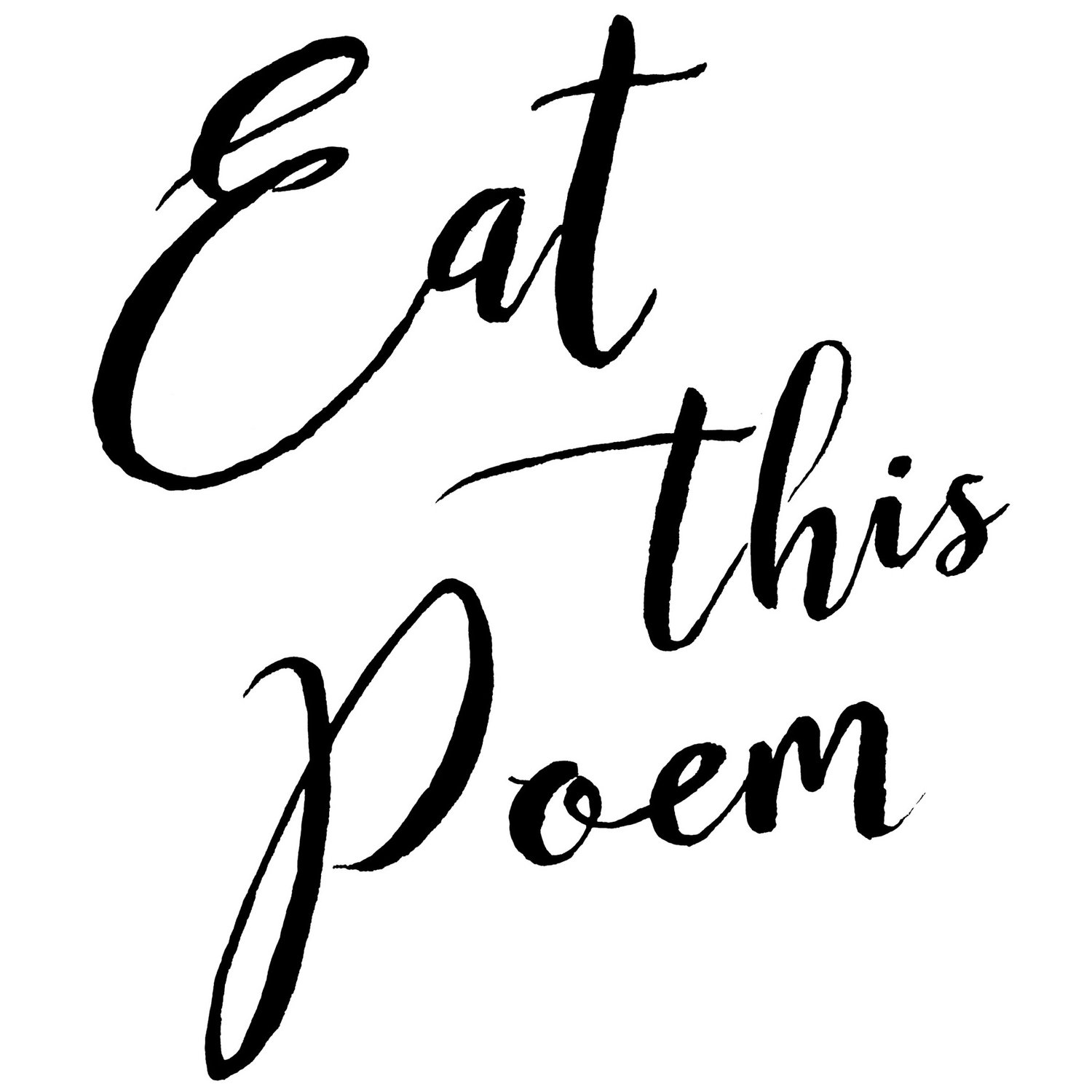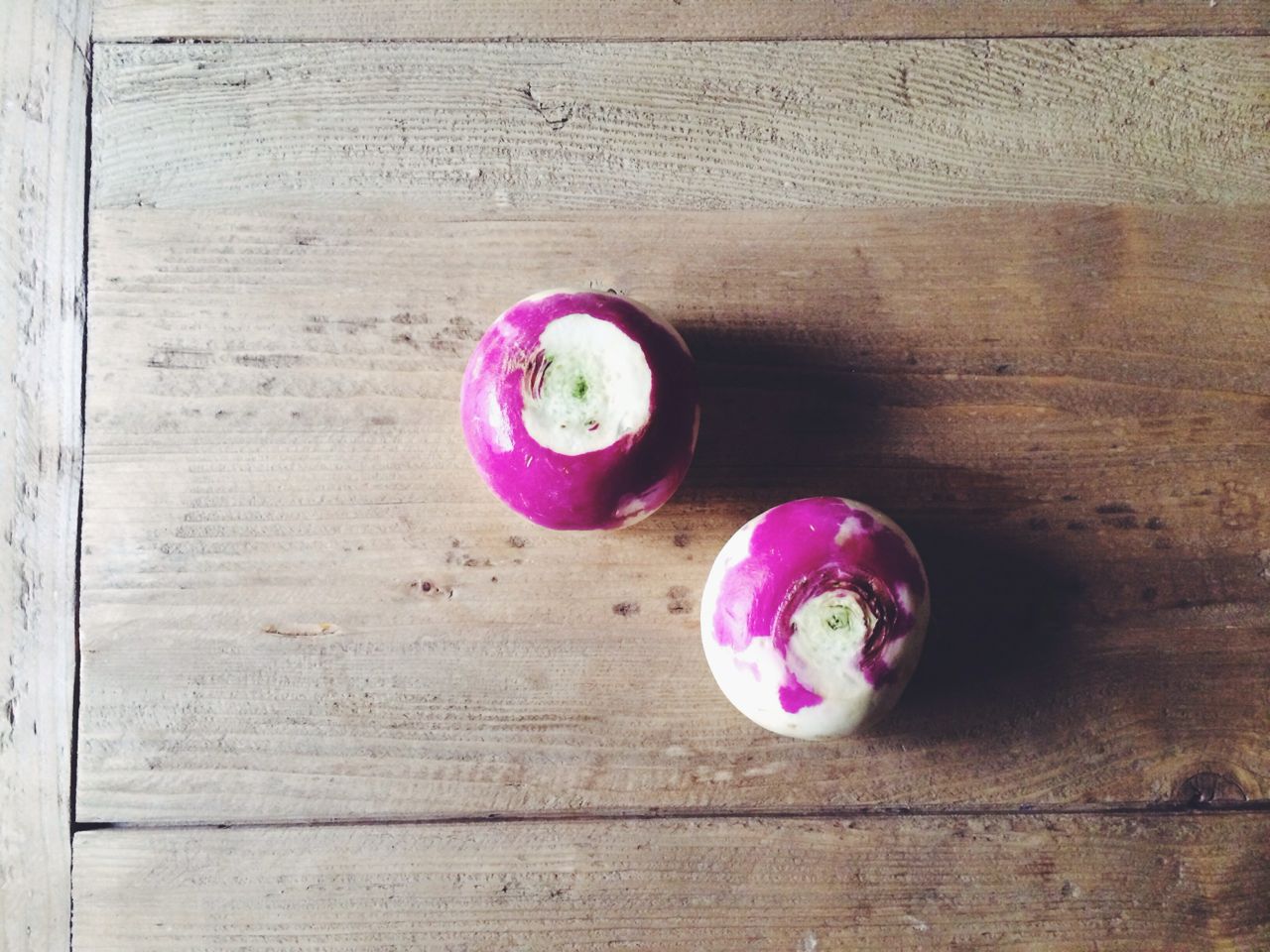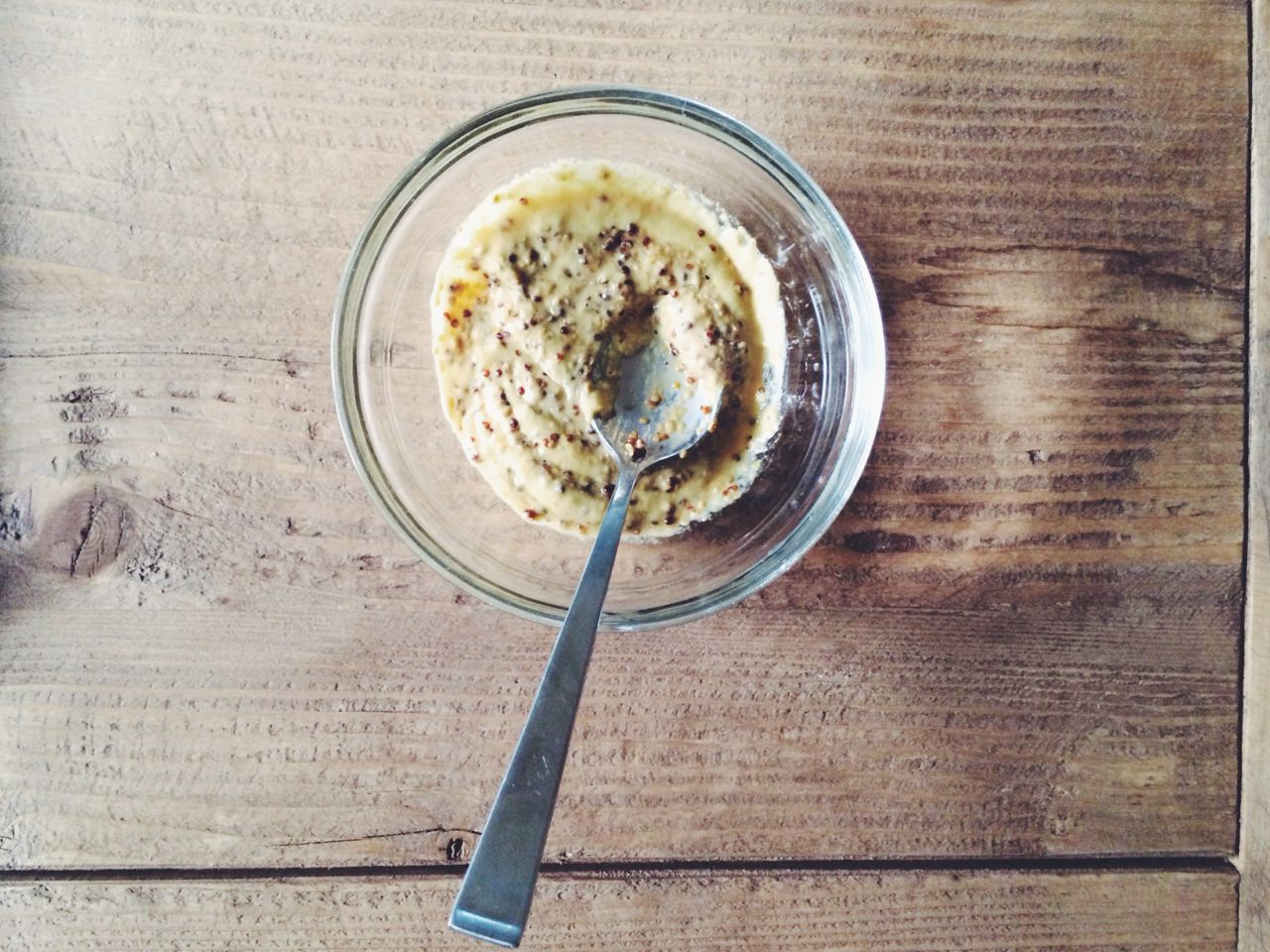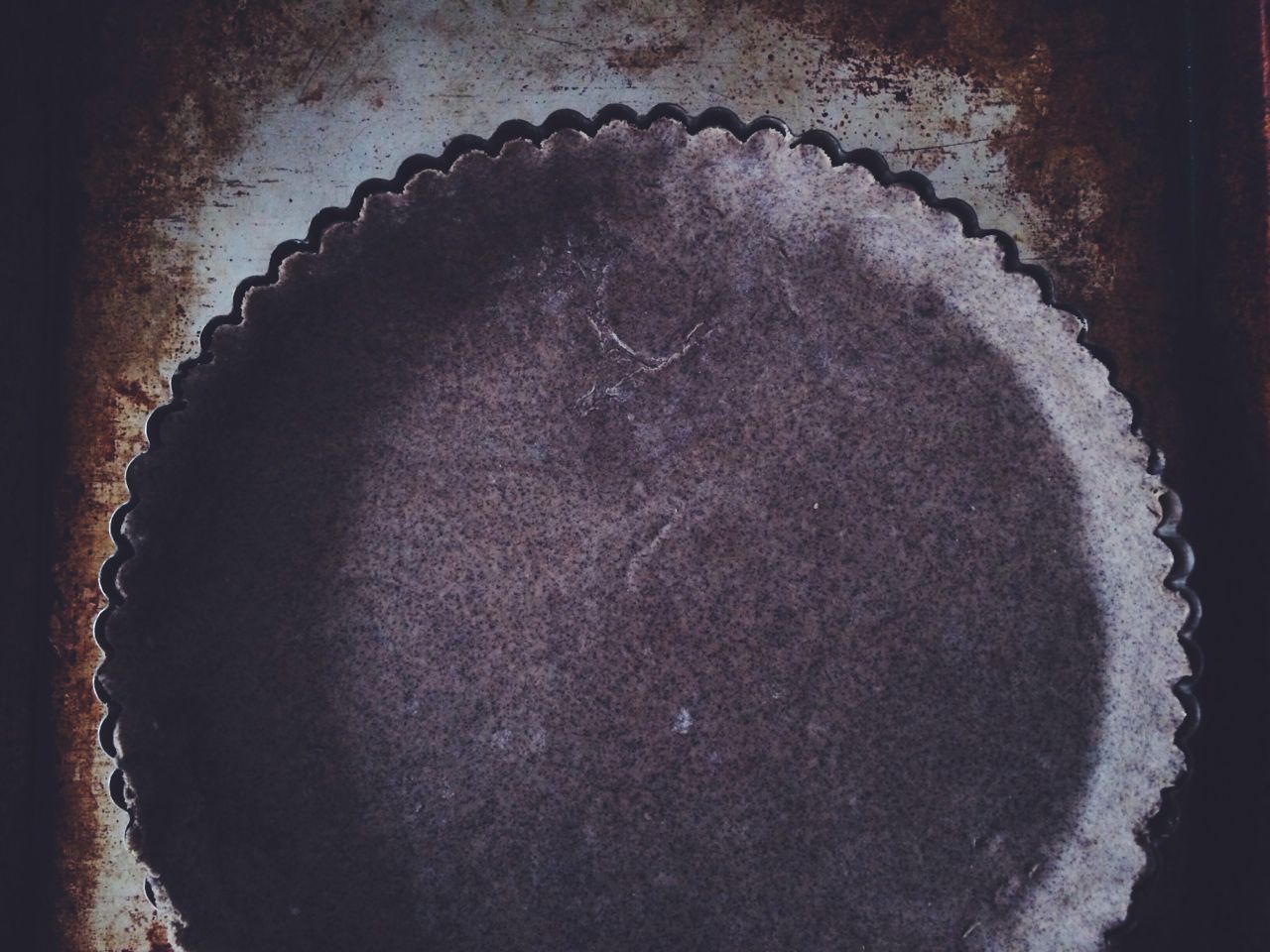In the publishing world, cookbook season arrives each spring and fall, but my personal cookbook season is in December. It's a month when I'm usually gifted with an assortment of cookbooks I've been eyeing, and often place orders I've been procrastinating on all year. This year I took two weeks off in December, too, so I enjoyed (mostly) uninterrupted time to read the new additions to my library, as well as revisit some old favorites.
With so many thoughtful, inspiring cookbooks on the market now, I wanted to offer a round up of some of my favorites from this past season, as well as recommend a few that are tried and true. If I left off any of your favorites, let me know in the comments!
1. Whole-Grain Mornings by Megan Gordon
Megan spent the first part of her career in the classroom as an English teacher, and now runs Marge, her Seattle-based granola company, and writes the lovely blog A Sweet Spoonful. Her first cookbook was released on New Year's Eve, and the copy I had pre-ordered months before arrived that afternoon. I spent the next morning snuggling on the couch, reading and taking notes on the recipes I wanted to make while watching the Rose Parade. By the afternoon, her quinoa crunch was in the oven, and my yogurt has never tasted better.
I especially love how the book is organized, with attention paid to the seasons, as well as the type of meal you're after (busy mornings, brunch, etc.). I've bookmarked many of the recipes to try in the coming weeks, but the ones that jump out to me most are from her chapter on the basics, because they form an anchor for so many other aspects of your meals. Homemade hazelnut milk, signature granola, and a tried and true whole-grain pancake mix will be inspiring me throughout the year.
2. A Commonplace Book of Pie by Kate Lebo
Part cookbook, part prose poem, part humorous and lyrical take on pie, Kate Lebo's slim but powerful volume can be read through over a cup of afternoon tea. The wisdom, however, will linger quite a bit longer, which is useful for both the pie scaredy cats (like me) and seasoned bakers. Her quirky and poetic descriptions seem effortless, and the two dozen watercolors and illustrations make pie come alive on the page.
3. The Heart of the Plate: Vegetarian Receipes for a New Generation by Mollie Katzen
When Mollie Katzen wrote The Moosewood Cookbook in the late 1970s, it helped elevate vegetarian cooking to the mainstream. The Heart of the Plate strikes a similar tone, and offers updated recipes to appeal to a new generation of home cooks. I like the directness of her writing style, as well as the gentle nudges that bring the recipe notes to life. She relies on color and texture to make vegetarian fare appealing to everyone, and offers plenty of comfort food recipes, like Peruviain potato stew, eggplant Parmesan burgers, and vegetable pizzas. There's truly something for everyone.
4. The A.O.C. Cookbook by Suzanne Goin
A.O.C. is one of my favorite restaurants in Los Angeles. Suzanne Goin's bold flavors are inspired by the mediterranean and North Africa, and are served in portions meant to be shared with your table. The atmosphere is reminiscent of a home in Santa Barbara, which also might have something to do with why I'm so comfortable there. Cozy fireplaces, patio seating, and Spanish tiles make us feel like we're up the coast in our favorite hotel, which is always a good thing. From the signature Zuni chicken with olives and croutons, to grilled fish nestled on top of a squash puree, or an elegant romaine salad with green harissa dressing, you'll find yourself charmed with every dish.
5. Healthy Bread in Five Minutes a Day by Jeff Hertzberg and Zoe Francois
This past fall I attempted the master recipe from Artisan Bread in Five Minutes a Day and was hooked immediately. Bread always seemed intimidating, but when you dump all the ingredients in a big container and leave it in your fridge for a week, homemade bread suddenly becomes attainable. This method is revolutionary for anyone who has ever thought baking bread at home wasn't for them. I received the latest installment under the tree this year, and have my eye on many recipes to try, including the whole wheat brioche and the seeded oat bread.
6. Super Natural Every Day: Well-Loved Recipes from my Natural Foods Kitchen by Heidi Swanson
I've long admired Heidi Swanson's blog 101 Cookbooks, and found myself pulling this volume from the shelf frequently in 2013. It reminded me how much I truly enjoy her recipes and cooking philosophy. The photography is inviting, like the foggy San Francisco home she invites you into throughout these pages. Her cooking sensibility is grounded in whole grains, fresh, seasonal produce, and simple cooking techniques that offer inspiring combinations, like harissa ravioli, chanterelle tacos, yogurt biscuits, and comforting baked oatmeal.
7. An Everlasting Meal by Tamar Adler
Perhaps one of the most beautiful books about food I've read in quite a while, Tamar Adler makes economy in the kitchen sound joyful, nourishing, and accessible, even despite our busy 21st century lives. From using bean broth instead of pouring it down the drain, to devoting three pages to discussing celery with language as captivating as Pablo Neruda's odes, you'll fall into a trance when reading, and discover a few tips along the way, too. This is the kind of book any food writer and home cook will adore for years to come.
8. The Kitchen Diaries by Nigel Slater
Nigel Slater's Tender has been on my shelf since last year, and it's one of my absolute favorite cookbooks. His writing style is poetic and accessible, paired with recipes that are simple enough to throw together any night of the week, make good use of seasonal produce, and instill a boost of confidence in the reader no matter what your cooking level. Slater doesn't fuss. That is, he cooks simply and honestly using the ingredients available, and makes every meal a real occasion. In The Kitchen Diaries, we follow him in the kitchen from January to December. Order a copy now, and keep it close throughout the year.
Pre-Order
9. Vibrant Food: Celebrating the Ingredients, Recipes, and Colors of Each Season by Kimberley Hasselbrink (June 17, 2014)
If you read Kimberley's blog The Year in Food or follow her on Instagram, you know what an incredible eye she has. Her photographs are filled with light, energy, and gushing colors. Come June, you'll be able to hold that vibrancy in your hands. With recipes like winter pasta with nettle pesto and blistered snap peas, I can hardly wait to see the results of her hard work this past year, and to make space for this book to join my shelf.
10. The Homemade Flour Cookbook by Erin Alderson (June 1, 2014)
Erin is known for healthy, vegetarian fare on her blog Naturally Ella, and offers useful guides to seasonal produce, bulk bins, and special diets. In her first cookbook, she's demystifying homemade flours--everything from almonds to legumes to seeds--and providing recipes to go alongside them. I know how hard Erin works and how passionate she is about this project, and I'm certain it will show on every page. Relying on all-purpose flour will be a thing of the past once you get your hands on Erin's new cookbook!


















